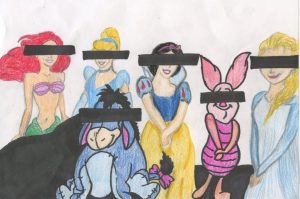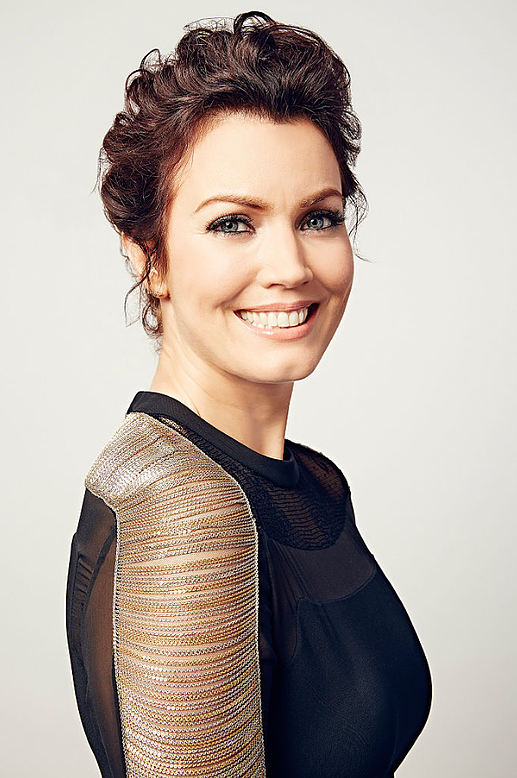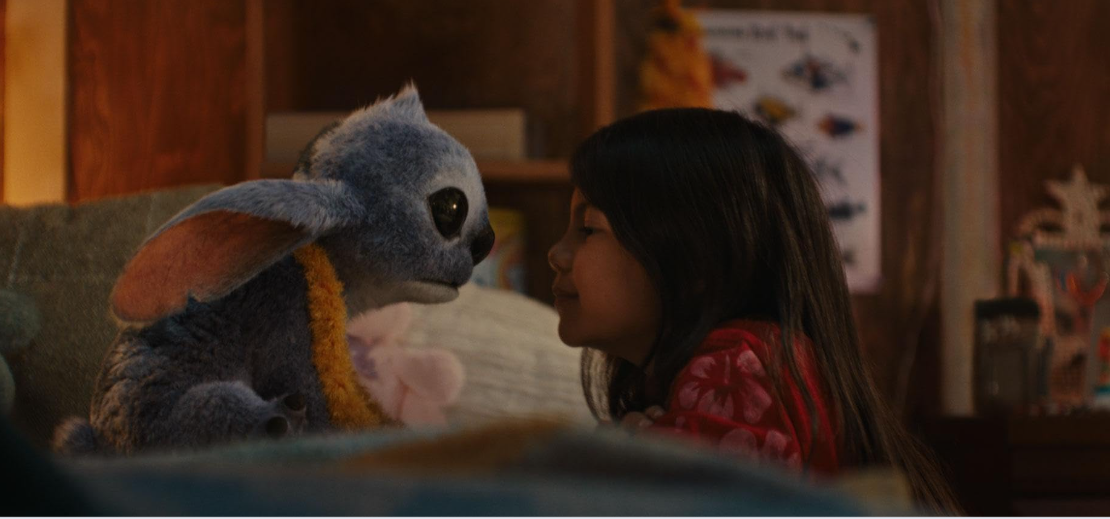By Olivia Ritter ’17
Through favorite cartoon characters, people learn how to fend off bullies and shoot for the stars. But, while becoming teenagers and dealing with self-esteem and mental stability, we can reflect on these characters and see more than their arbitrary conflicts; we can see their own battles with mental disorders.

Some of life’s greatest lessons are threaded in the plotlines of beloved cartoons. These same cartoons are, supposedly, characterized to portray patients of mental illness, whether we notice or not.
One of these cartoons that is theorized to have a mental disorder is none other than every little girl’s favorite princess, Cinderella. It’s been proposed that the character has DPD, or dependent personality disorder: desperate for approval.
When Buzzfeed asked people with mental disorders if any cartoon characters helped them understand their illness, a reader, referring to SpongeBob, responded with, “I was diagnosed with Tourette’s Syndrome as a teenager and felt wildly out of control and utterly failed by my brain…bizarrely that flamboyant yellow square helped me on my way to realising, ‘Huh, so I can be a bit weird and people will still like me.’”
The most recognizable characters believed to have mental disorders are the people from the 100 Acre Wood, better known as, Winnie the Pooh, Piglet, Rabbit and Eeyore. Winnie the Pooh is incessantly eating honey while Piglet is rubbing his hands together, crying out in worry. Rabbit obsessively cleans his home while Eeyore remains gloomy after his tail falls off.
Mental disorders take shape beyond our TVs, but also in the heroes of all little girls; Disney princesses. To the 9-year-old in all of us, we see princesses like Ariel struggling to be with her love on shore. But, her yearning to be a human, giving up her voice—and possibly her soul—to a known sea witch and detesting of her father, the king, indicates that it’s much more than love. Ariel, potentially, has dysphoria; the inability to accept herself as a mermaid.
This issue is comparable to the struggles of transgender youth or even a sexually confused teenager.
Even the newest of Disney princesses, or queens, are conveying to younger generations that having a mental disorder is okay. Queen Elsa from “Frozen” holds, possibly, the most potent example of mental illness in a Disney character, according to Nadia Ali, a psychologist and writer for the Washington Post, as well as a mother to a young, princess-loving daughter.
Ali believes that Elsa displays how people with mental illness are feared and that no one would accept their differences.“Elsa’s song, ‘Let It Go,’ is itself a powerful metaphor for understanding our society’s stigma around mental illness,” Ali said. “Her words, ‘A kingdom of isolation and it looks like I’m the Queen,’ describe in one poignant lyric how so many people dealing with mental illness feel in their lives.”
On the day of her coronation, Elsa is hesitant to let the people in the gates, terrified that her one peculiarity would be revealed. This seems to be the worry of most patients of mental illness; worry that people will know.
Students at West Essex agree that it can be beneficial to portray cartoon characters with mental illnesses. “I think it’s really important for people to see all kinds of human life, not just what we expect,” senior Koji Lewis said. “It has the potential to bring awareness to mental illness while also providing entertainment for children.”
In Mr. Woodworth’s Social Psychology course, the subject of mental abnormality is examined in detail, as well as mental disorders in characters.
“If characters with mental illness are introduced in a manner designed to present a general lesson that all people are susceptible to mental illness and that we should accept all people for who they are, then there can be a benefit,” Mr. Woodworth said.
The concept of introducing characters with mental abnormalities to children makes a strong statement about what a child should be able to recognize in the earliest stages of his development. Mental illness is all around us and it goes beyond sad antidepressant commercials. It delves deep into these characters that everyone knows for struggling to find love, like Ariel, or being constantly energetic, like SpongeBob.



